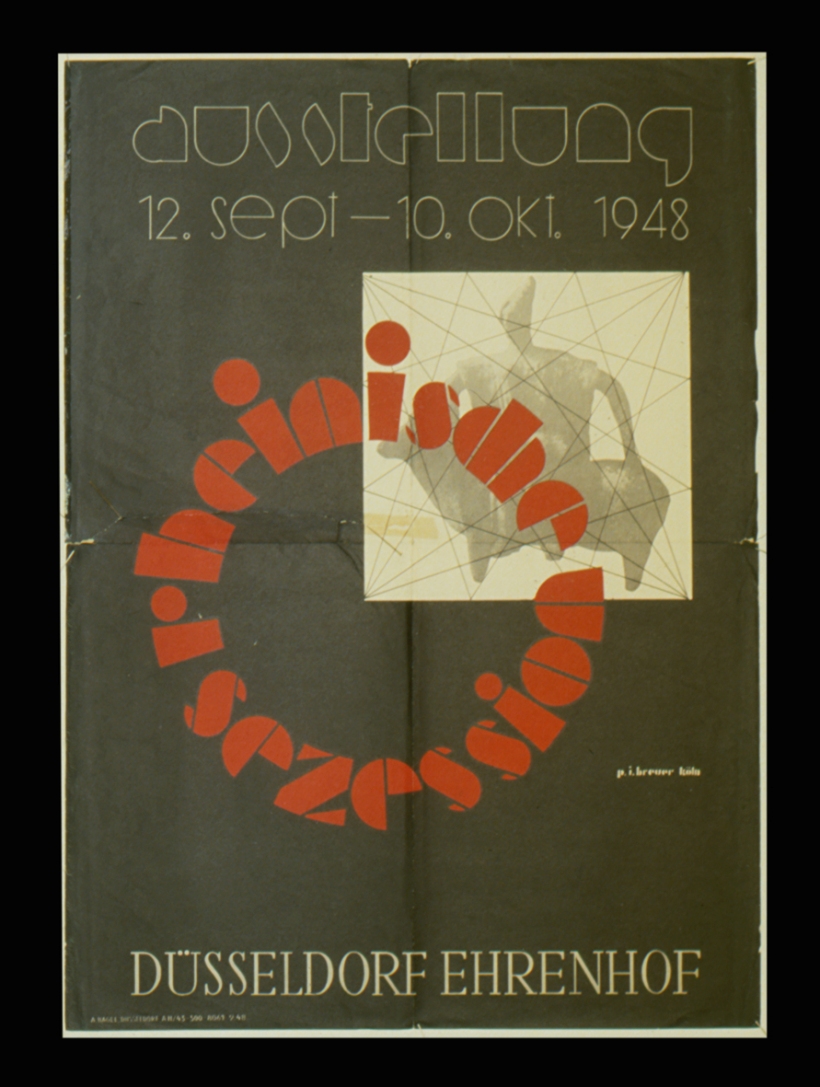Rhenish Secession

Rhenish Secession
The Rhenish Secession, established in 1928 in Düsseldorf, Germany, was a significant art organization that unified various artists and art groups from the Rhineland. Founded primarily by landscape painter Julius Bretz and his fellow artists, this collective stood as a platform for artistic expression and innovation in the interwar period.
This association was not just a gathering of like-minded individuals; it was a melting pot of creative minds across different disciplines. Among its notable members were Julius Bretz, known for his landscape and floral still lifes, and Arno Breker, an architect and sculptor recognized for his public works. Other members like Heinrich Campendonk and Max Ernst, pioneers in their respective fields, contributed to the rich tapestry of the Rhenish Secession's artistic output.
The Rhenish Secession's role in the art community was substantial, especially in promoting modern artistic expression during a time of significant social and political change. Their work encompassed a variety of styles and themes, reflecting the diverse backgrounds and artistic inclinations of its members. This diversity was one of the Secession's strengths, allowing for a vibrant and dynamic artistic discourse.
Sadly, the group dissolved in the 1960s, yet its influence and contributions to the art world remain significant. For collectors and experts in art and antiques, the works of the Rhenish Secession provide a fascinating glimpse into a pivotal era of German art history.
To delve deeper into the world of the Rhenish Secession and explore its impact on modern art, signing up for updates on exhibitions, sales, and scholarly work related to this group is invaluable. Such updates offer a window into the continuing influence and relevance of this important artistic collective in contemporary art circles.
| Country: | Germany |
|---|---|
| Start of the period: | 1928 |